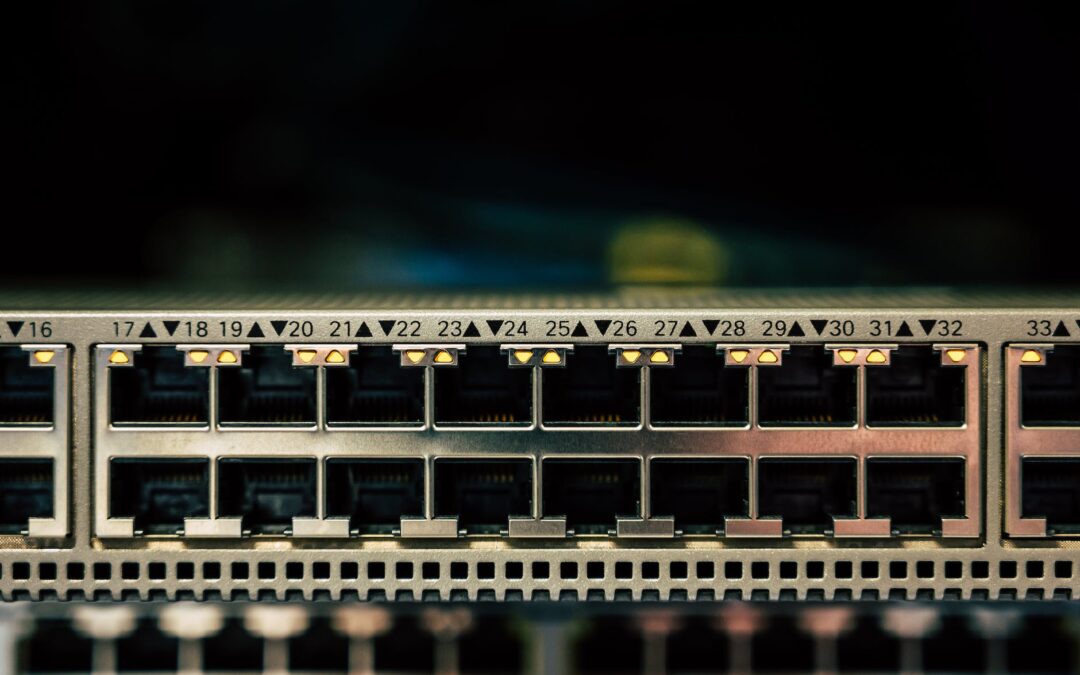Network Address Translation (NAT) and Port Address Translation (PAT) are two techniques that are commonly used in computer networking to help manage the limited availability of public IP addresses. NAT and PAT are essential technologies that allow multiple devices on a private network to share a single public IP address when communicating with the Internet. In this article, we will explore the concepts of NAT and PAT, their significance in networking, and how they can influence the development of software and applications.
What is Network Address Translation? Network Address Translation (NAT) is a technique that allows multiple devices on a private network to share a single public IP address when communicating with the Internet. NAT works by modifying the source IP address of outgoing packets and the destination IP address of incoming packets. NAT provides an added layer of security as it hides the actual IP address of devices on the private network from the Internet.
How does NAT work? NAT works by mapping the private IP addresses of devices on a local network to a public IP address that can be used on the Internet. NAT uses a device such as a router to perform the translation of IP addresses. When a device on the local network sends a packet to the Internet, the router modifies the source IP address of the packet to the public IP address of the router. When a packet is received from the Internet, the router modifies the destination IP address of the packet to the private IP address of the device that requested the data. NAT allows multiple devices to use the same public IP address for outgoing traffic, but each device will have a unique port number.
What is Port Address Translation? Port Address Translation (PAT), also known as Network Address Port Translation (NAPT), is a technique that extends the functionality of NAT by also translating the port number of outgoing traffic. PAT allows multiple devices on a local network to use the same public IP address and port number when communicating with the Internet. PAT uses unique port numbers to map the private IP addresses of devices to the public IP address and port number of the router.
How does PAT work? PAT works by assigning a unique port number to each device on a local network. The router maps each private IP address to a unique port number on the public IP address of the router. When a device on the local network sends a packet to the Internet, the router modifies the source IP address and the source port number of the packet to the public IP address and the assigned port number of the device. When a packet is received from the Internet, the router modifies the destination IP address and the destination port number of the packet to the private IP address and the assigned port number of the device that requested the data.
The Importance of NAT and PAT in Developing Software and Applications NAT and PAT are essential technologies that have significant implications for the development of software and applications. Here are some of the reasons why NAT and PAT are crucial:
- IP Address Management NAT and PAT are crucial for managing IP addresses in large networks. Without NAT and PAT, every device on a network would require a unique public IP address, which would be difficult and expensive to manage. NAT and PAT allow multiple devices to share a single public IP address, making it easier to manage IP addresses and reduce costs.
- Security NAT and PAT provide an added layer of security by hiding the actual IP address of devices on a local network from the Internet. NAT and PAT can help protect against network attacks and intrusion attempts by hiding the actual IP address of devices.
- Connectivity NAT and PAT are critical for ensuring connectivity between devices on a local network and the Internet. Without NAT and PAT, devices on a local network would not be able to communicate with the Internet. NAT and PAT enable multiple devices on a local network to use a single public IP address and port number to communicate with the internet, making it possible for devices to connect and communicate with the outside world.
- Application Development NAT and PAT can have significant implications for the development of software and applications. Developers need to consider the impact of NAT and PAT on their applications when designing them. Applications that require direct access to devices on a local network may not work correctly when using NAT and PAT. Developers need to ensure that their applications are compatible with NAT and PAT and design them to work effectively in a network environment that uses NAT and PAT.
- Network Performance NAT and PAT can affect network performance as they introduce an additional layer of processing that can impact network throughput. NAT and PAT can introduce latency and increase the processing requirements of network devices, which can affect the overall performance of the network. Network administrators need to consider the impact of NAT and PAT on network performance when designing and managing networks.
- Conclusion NAT and PAT are critical technologies that are essential for managing IP addresses, providing security, ensuring connectivity, and enabling the development of software and applications in a network environment. NAT and PAT allow multiple devices on a local network to share a single public IP address and port number, making it easier to manage IP addresses, reduce costs, and improve network security. Developers need to consider the impact of NAT and PAT on their applications when designing them, and network administrators need to consider the impact of NAT and PAT on network performance when managing networks. Overall, NAT and PAT are essential technologies that play a vital role in modern computer networking.

